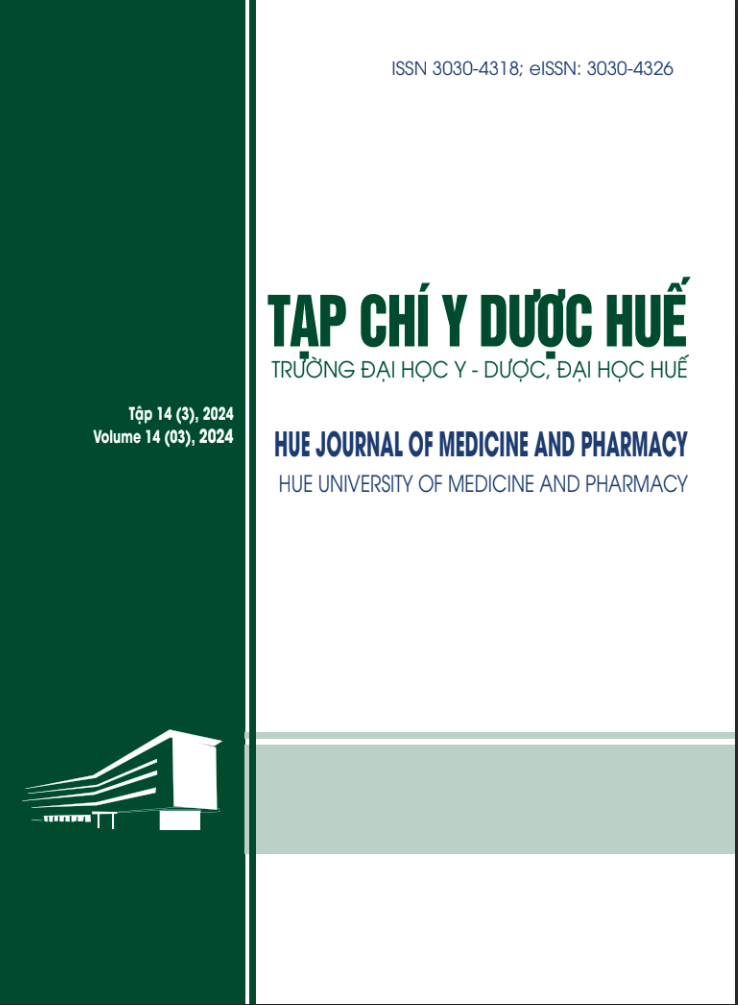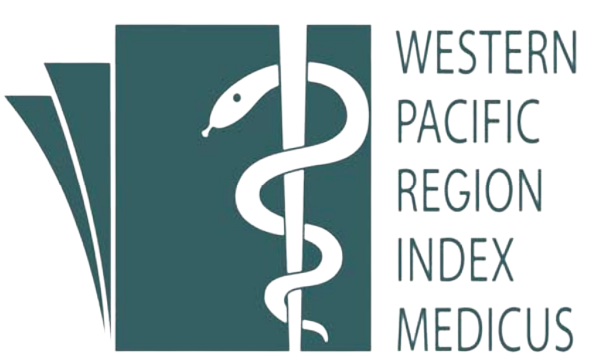Abstract
Background: p97 is a multifunctional protein that plays an important role in DNA damage repair and processes related to programmed cell death. We used CB-5083, a specific p97 inhibitor, to evaluate the effect of inhibiting cluster proliferation and promoting apoptosis on HCT116 colon cancer cells. Materials and methods: Experimental research method used p97 inhibitor CB-5083 (Sellechem) and colon cancer cell line HCT116 (code: CCL-247, ATCC). Colony formation assay and apoptotic assay were used in this study. Data were analysed on ImageJ and GraphPad Prism 9 software. Results: The density and size of cell colonies in the 0.25 μM CB5083 treatment group were statistically significantly smaller than the other groups. The 0.25 μM treatment group had a statistically significant higher percentage of apoptotic cells compared to the 0,125μM group and the control group (p < 0.0001). The percentage of necrotic cells in the 0.125 μM and 0.25 μM treatment groups was statistically significantly higher than the control group (p < 0.0001). Conclusion: Inhibiting p97 by CB5083 suppressed cell colony formation and promoted apoptosis on HCT116 colon cancer cell line.| Published | 2024-06-25 | |
| Fulltext |
|
|
| Language |
|
|
| Issue | Vol. 14 No. 3 (2024) | |
| Section | Original Articles | |
| DOI | 10.34071/jmp.2024.3.29 | |
| Keywords | p97, DNA damage repair, colon cancer, apoptosis p97, sửa chữa tổn thương DNA, ung thư đại tràng, chết tế bào theo chương trình |

This work is licensed under a Creative Commons Attribution-NonCommercial-NoDerivatives 4.0 International License.
Copyright (c) 2024 Journal of Medicine and Pharmacy
Bui, K. C., Do, Q. C., & Nguyen, T. M. L. (2024). p97 inhibitor promotes apoptosis on colon cancer cells. Hue Journal of Medicine and Pharmacy, 14(3), 205. https://doi.org/10.34071/jmp.2024.3.29






